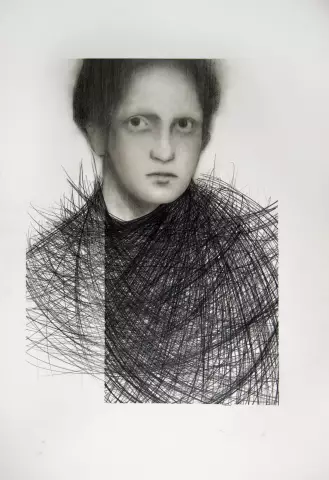- Author Rachel Wainwright [email protected].
- Public 2023-12-15 07:39.
- Last modified 2025-11-02 20:14.
Mixoma

Myxoma is a benign tumor that has a jelly-like content and an irregular shape. Most often, patients have myxomas of the heart.
Causes and symptoms of myxoma
Myxoma occurs in men and women at different ages, and often the disease occurs in several family members.
Myxoma of the heart usually grows inside its chambers and in the ventricles. In 80% of patients, the tumor is in the left atrium, and in 20% - in the ventricle.
The main causes of myxoma are pathological changes in the genome, hereditary factors and genetic abnormalities. Medical research has established a link between the appearance of a tumor and heart injury, mitral valve surgery and dilation.
Symptoms of the disease appear according to the size of the tumor and its location. Myxoma affects blood circulation and changes hemodynamics.
In appearance, myxoma of the heart is a formation in the form of a polyp with a jelly-like content. This tumor is located on the atrial septum and reaches 12-15 cm in size.
Basically, the atrial myxoma is located on the left side, where it receives blood from the lungs. The tumor can be located near the mitral valve and obstruct the flow of blood from the atrium to the ventricle. Periodically, myxoma either opens or closes the valve opening, disrupting blood flow.
Symptoms of the disease can be pulmonary edema, shortness of breath, a feeling of heaviness and pain in the heart. When the mitral valve is damaged, the myxoma of the atrium begins to create a heart murmur, which is well heard through a stethoscope.
Rheumatic heart disease can often provoke the disease, and the tumor itself contributes to the appearance of blood clots and blockage of blood vessels.
With constant progression, myxoma causes fever, weight loss, nausea, dizziness, vomiting, sore fingers and toes, anemia, muscle and joint pain, skin rash, tachycardia, and shortness of breath.
Diagnosis of the disease

Myxoma can be detected by listening to a heart murmur through a stethoscope. To determine a heart tumor, it is necessary to conduct diagnostic tests, in particular, magnetic resonance imaging and ultrasound, as well as examine tissue samples.
Atrial myxoma creates mechanical obstacles to blood flow and affects the pulmonary circulation.
An ultrasound scan can help determine the size, location, and type of the tumor.
Treatment of myxoma
Treatment of myxoma begins with conservative therapy and preoperative preparation. In most cases, surgery is required.
Surgical treatment of myxoma consists in excision of the tumor and cleaning the area of its attachment.
After removal of myxoma of the heart, relapses of the disease are extremely rare. Medical studies have shown that relapses in patients with a hereditary form of myxoma occur in 1-1.5% of cases, and in patients with genetic abnormalities and changes in the genome in 10-12% of cases.
Within 3-6 months after the operation, the patient is prescribed regular diagnostic tests to exclude the re-development of the disease.
During the operation, the tumor and 5% of the tissue around it is removed, closing the biological defects that formed the tumor on the heart.
During the operation, the surgeon performs plastic surgery of the cardiac septum and restores the normal state of the area where the tumor was located. After surgery, the patient undergoes a rehabilitation period of 2-3 months.
YouTube video related to the article:
The information is generalized and provided for informational purposes only. At the first sign of illness, see your doctor. Self-medication is hazardous to health!






